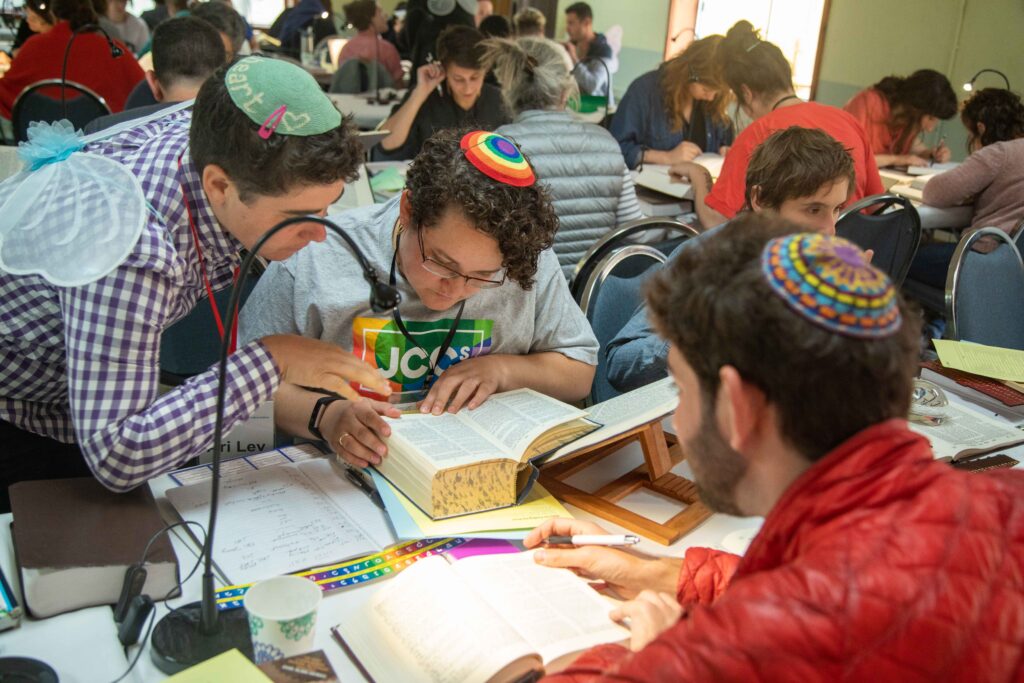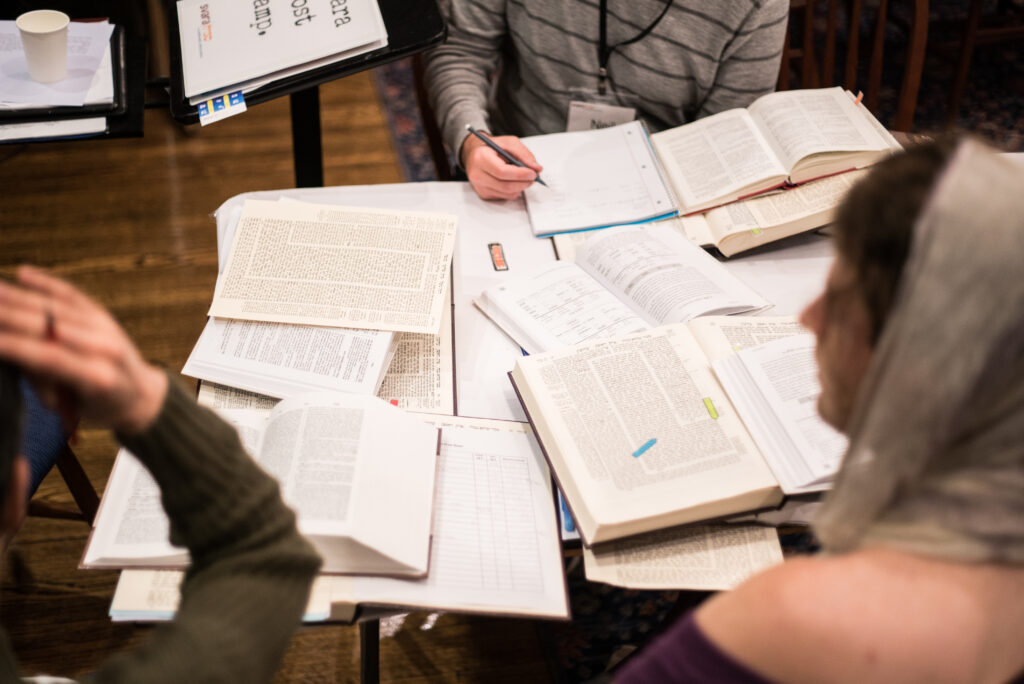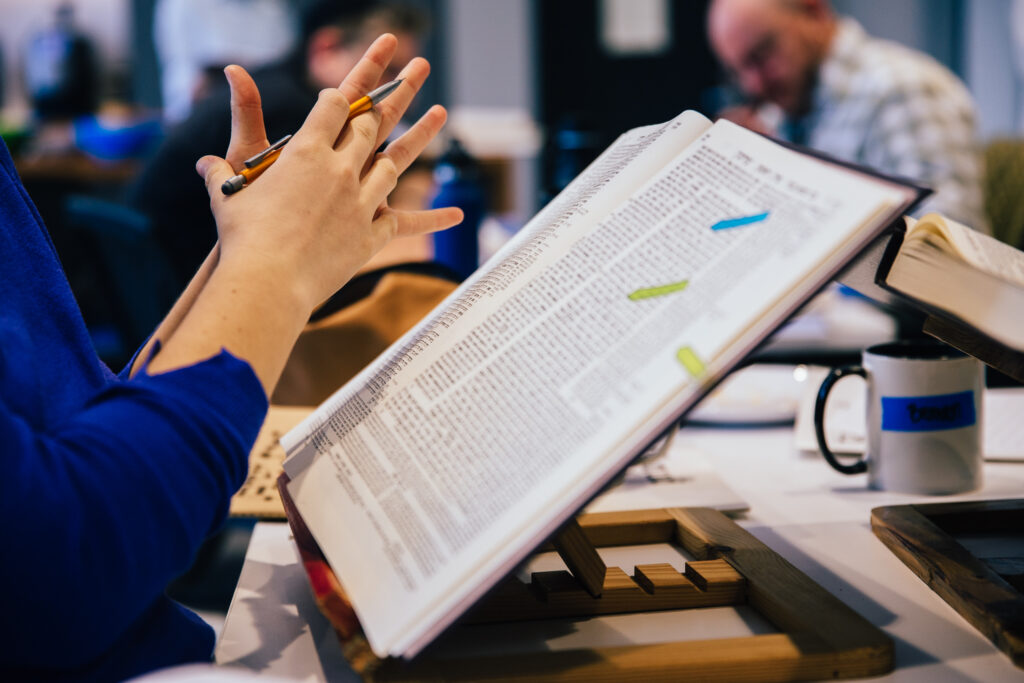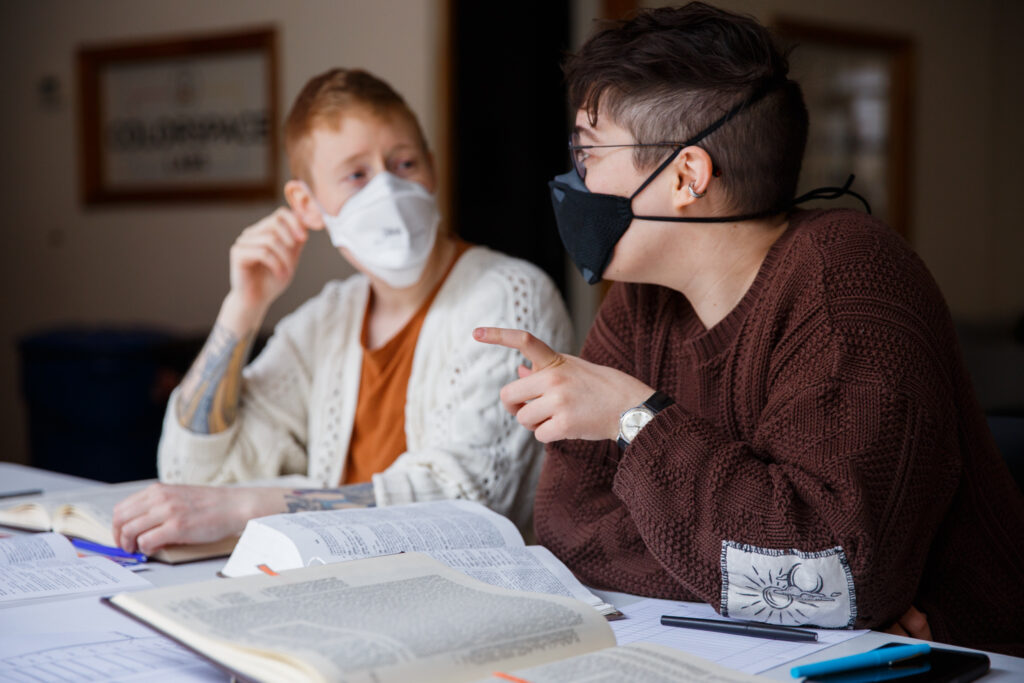Winter used to be defined for me by fashion. In the northeast, winter was the time of year when I would get to wear my white faux fur coat and step delicately around slush puddles in clogs because winter boots were just not the thing. Though my life has since taken me into climates that behave much differently in the winter, I now find myself back in the northeast, arguing with my kids about how winter boots are absolutely the thing, and how coats are necessary when temperatures are freezing. But wintering is something beyond coats and boots and different opinions about how to dress. In her book Wintering, Katherine May portrays winter as “a fallow period in life, when you’re cut off from the world, feeling rejected, blocked from progress, sidelined, or cast into the role of outsider…However it arrives, wintering is usually involuntary, lonely, and deeply painful.” Beyond climate and temperature, wintering is a time, a way of being, that allows for deeper reflection and internalization. “Wintering brings about some of the most profound and insightful moments of our human experience, and wisdom resides in those who winter.”
At SVARA, our wintering has taken shape in multiple ways. First, we rested. At the end of the year, after our Fall Zman ended, we took an extended break from the office, giving our team two weeks off to restore and replenish our spirits. Our break aligns with May’s insight: “[winter as] a time for reflection and recuperation, for slow replenishment, for putting your house in order. Doing these deeply unfashionable things—slowing down, letting your spare time expand, getting enough sleep, resting—is a radical act now, but it is essential.” Upon returning to work, folks reflected on how they spent their time—organizing, learning, cleaning, crafting, traveling—and most importantly we all reflected that we had time. In a moment where time has felt more slippery and fluid than fixed, making purposeful and collective space to disengage from deadlines and production is mission critical towards our overall well being.
Next, we planned, and reflected, and continued planning. Learning is, unsurprisingly, one of our favorite things at SVARA and while the learning is centered around texts in the bet midrash, when you peek behind the curtain we’re always seeking ways to integrate the feedback and reflections shared by our learners, teachers, and staff into our systems and practices. By engaging in the cycle of “explore, plan, implement, reflect,” we’re continually adapting even as we hone the arc of a year in our yeshiva.
Now, more than ever, as the Jewish community is in its own period of collective wintering, the ways we gather in the bet midrash take on deep, connective meaning. We need spaces to come together with purpose, to be in community with each other, to challenge our assumptions and ask hard questions. Last week, we gathered for a community CRASH Talk with our very own Rabbi Benay Lappe, the first that we offered since the early days of COVID. In many ways, this moment in our community feels similar to that one—there’s an underlying unease that many people are holding alongside a deep desire to feel presence and belonging. CRASH Theory, like Wintering, offers a framework for introspection and reflection in understanding what happens in the wake of upheaval and change. There was a palpable feeling of grounding among attendees at the CRASH Talk, as folks found connection to their unique journeys and wrestled together across opinions and political perspectives about how this framework can guide us in difficult moments.
In many ways, the CRASH Talk highlighted what happens in SVARA’s bet midrash every time we gather. By placing the text at the center, there is a clear purpose that invites our learners to forge deep relationships and trust. As learners break down each word to its root before putting it all back together—first in exact translation, then in their own words—the tradition becomes a living piece of ourselves. One learner this Fall offered: “I feel so much more empowered to be in relationship with Jewish text and Hebrew language and to more deeply claim my connection to this tradition and to participate in shaping, sharing and reimagining it.” It’s through this process that purposeful, caring connections—to each other and the tradition—thrive. We’re holding close the reflections of the past few months as we prepare to welcome learners into our Spring Zman in just a few weeks, and as we come together for the next installment of our Conversation Series where a brilliant line-up of speakers and teachers will explore how we read ourselves into history. We do this because the tradition is ours, and as one learner said so articulately, “SVARA Talmud learning always makes me feel more grounded and able to find myself within the text, always already there.”







